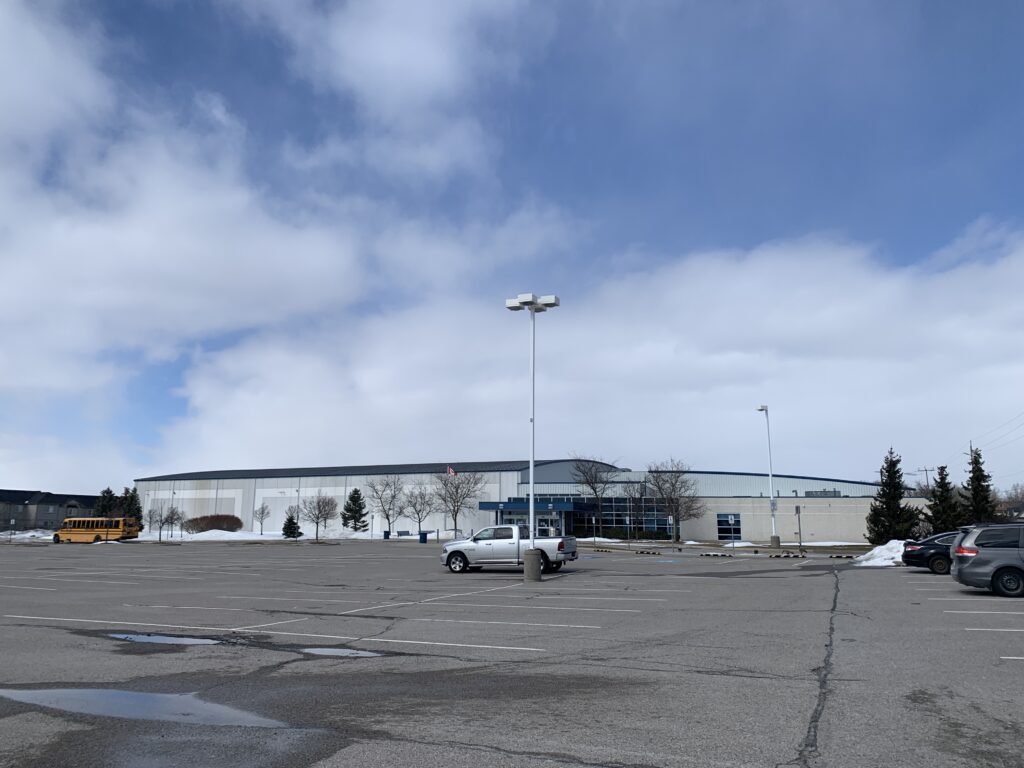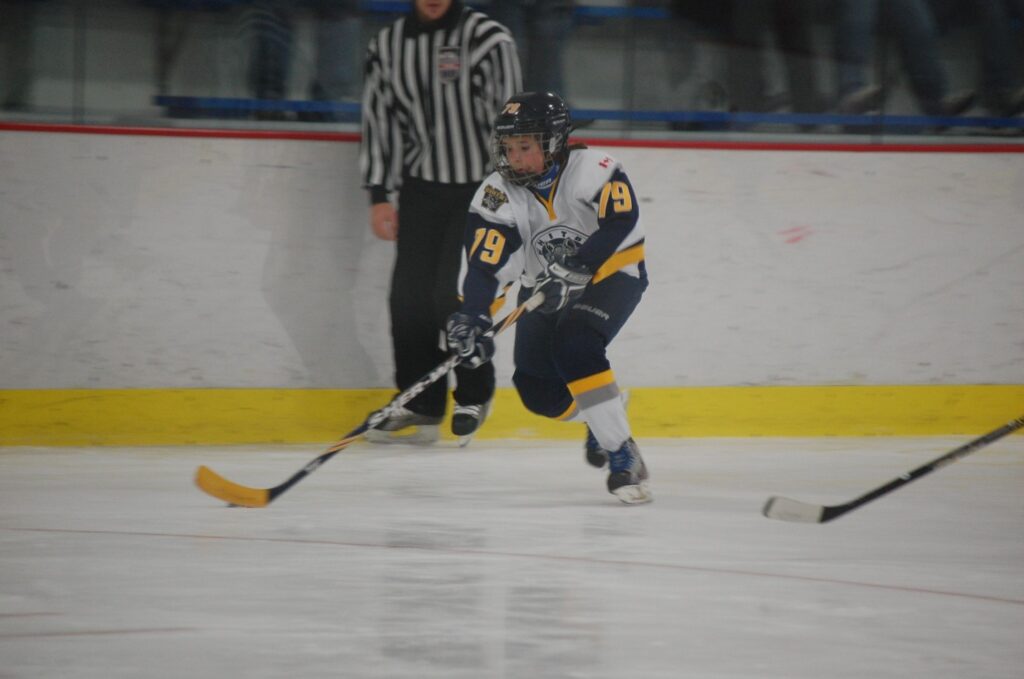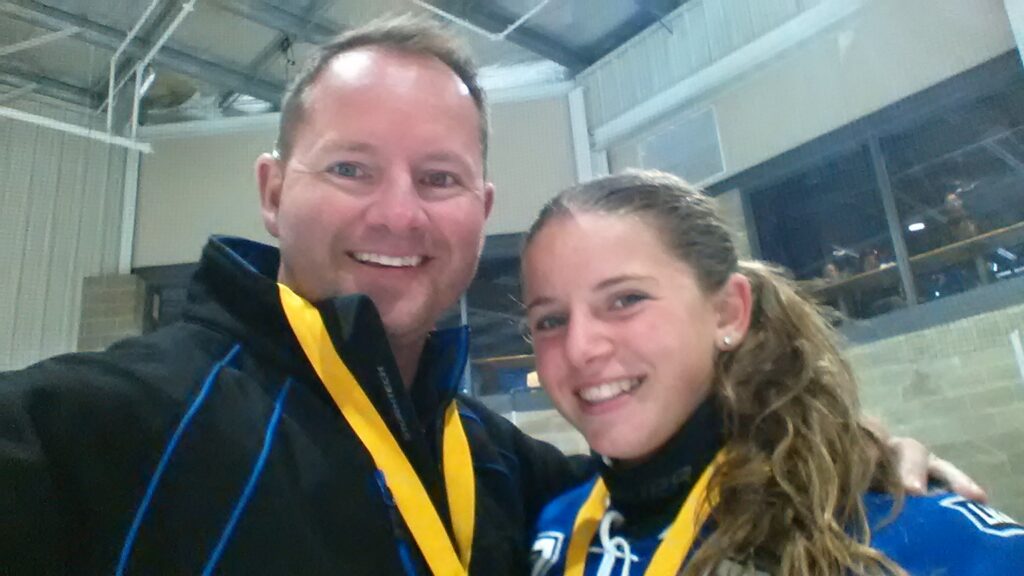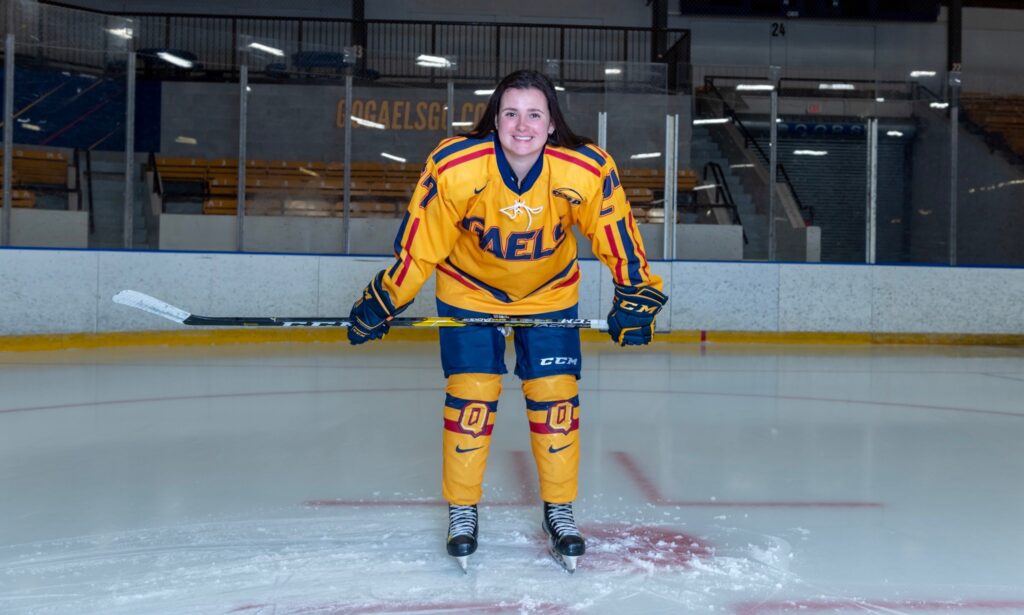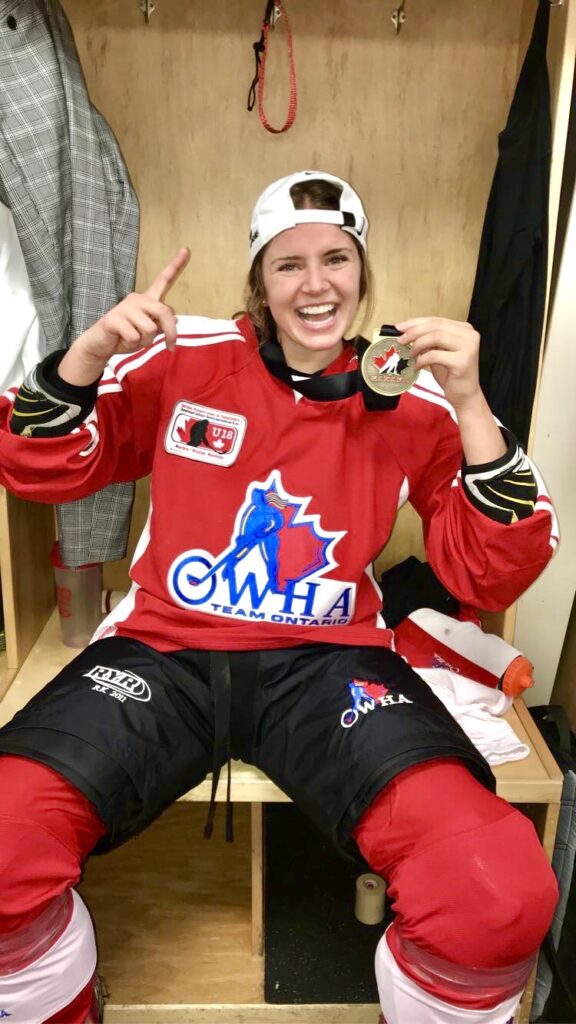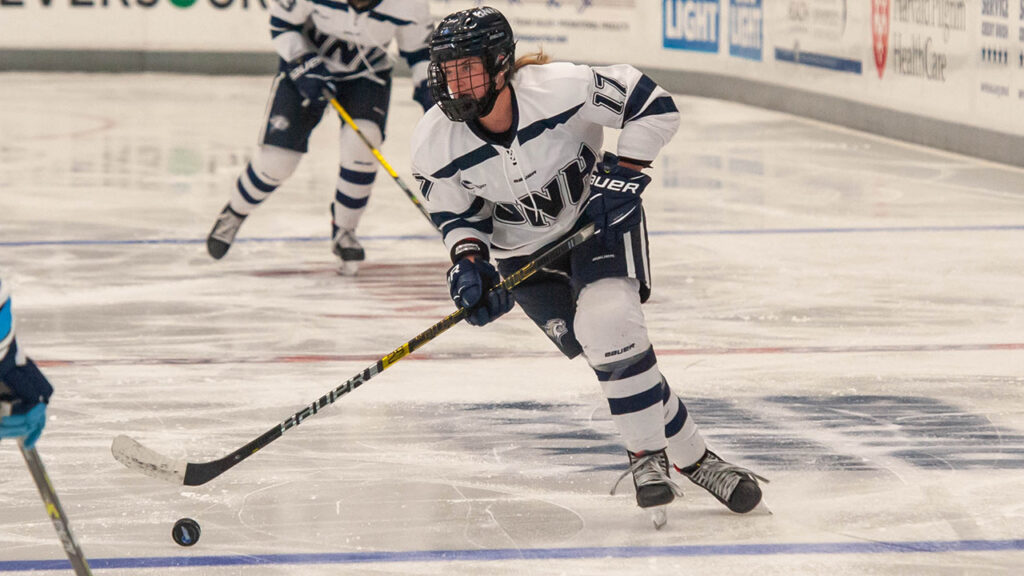By Tyler Procyk
It’s a Saturday morning. It’s early, barely early enough for the birds to be chirping, although you wouldn’t hear birds either way since it’s the middle of winter. The snow flows lightly past the streetlights. Any kid would be tired so early on a weekend – after a long week of school– but the excitement of hockey practice holds that tiredness at bay. Growing up, these kinds of memories are common for kids in the hockey community, but for two girls from Whitby, these memories are some that stick and hold a special place in their hearts, signifying the beginnings of what turned out to be a long career full of obstacles that molded them into the successful women they are today. With women’s hockey growing globally through the Premiere Hockey Federation (PHF) and the Winter Olympics, the substantial growth and success of Canadian women’s hockey has been parallel to the personal success of these two girls.
Brianna Brooks and Charlotte Melindy, two Whitby natives, grew up together, playing hockey and going to school in the same town. Their lives up until university were very much interconnected, with the two friends learning to handle not only huge athletic expectations and goals but also being able to commit to their respective academic education. Their paths, filled with injuries, educational success and an eventual commitment to a university, ebbed and flowed, leading up to where they are today.
But before all the successes there was hardship. The two girls were put through plenty in their pursuit of scholarships and athletic success. First there was Brianna who sustained an ACL injury in grade 11. This was an on and off problem she never knew was there when it first manifested. She tweaked her knee playing soccer in August 2018, and after a full hockey season on it she began summer sports and tweaked it again in April. It never healed. “It got to the point where I couldn’t walk,” says Brianna.
It took an MRI to discover what was really going on before her first extensive rehab process.In the end, Brianna became even stronger as a player. According to uchealth.org, an average ACL recovery time is generally eight to nine months. Brianna was back playing hockey in just seven months.
Brianna’s father, Paul Brooks, who coached her for much of her minor hockey career, says the family felt a little bit of “denial” at the beginning of the injury discovery. “We didn’t know how serious it was, and we didn’t want to believe it was serious,” says Paul. “From my standpoint, it was very hard. Seeing your kid injured is the worst thing [to experience].”
Having grown up the daughter of the coach for much of her playing career Brianna’s always felt added pressure from teammates and those around her to be one of the best players on her team.“I felt like I had to work so much harder to prove myself and that’s why I was so successful,” says Brianna. “I wanted it to be earned.”
Charlotte’s list of obstacles is a little more complicated. In her midget year of hockey she broke an end plate in her spine–a bilayer of cartilage and bone that separates intervertebral disks–that had her miss 15 games. After that recovery she broke her femur which kept her out of hockey for an extra year. The reason why this was such a devastating injury for an aspiring athlete is due to the anatomy of the femur, which is a bone within the human thigh. It is the longest and the strongest bone in the human body, extending from the hip to the knee. Most femur injuries can take four to six months to heal after surgery. Charlotte had to use a walker and crutches for roughly three months following surgery but was miraculously back on the ice after four months. She didn’t return to game action for a full year. “I learned how much I loved [hockey], I gained a whole new respect for the sport,” says Charlotte.
Charlotte’s mother, Beth McCarty, and her father Jason Melindy, were devastated for their daughter after seeing her suffer yet another injury.
“I had to take time off my job and [stay] with her,” says Beth. “Just to watch your kid in that much pain was horrendous.”
Beth was happy that Charlotte had friends like Brianna to stick with her through her injury as an “incredible support during that time.”
It is that kind of support that can make or break full recovery. Dr. William Sutherland, a family physician in Ontario with a psychotherapy and primary care mental health practice, explains how not only is it difficult to physically recover from injuries but how the mental aspect is nothing to shy away from. The psychological support is part of a successful recovery and has to be attended to as much as the physical aspect of it. “There’s grief from the loss of ability, the loss of certain trajectories dreams, expectations,” says Dr. Sutherland.
Thankfully, once they were able to recover and continue with their ambition, Brianna and Charlotte played hockey with the Ontario Women’s Hockey Association (OWHA). During that time, Charlotte participated in various training camps with the OWHA, while Brianna played in the 2019 Canada winter games capturing the bronze medal, as well as the 2019 nationals with Team Ontario winning gold.
Successful in their hockey careers, Brianna and Charlotte are also the perfect example of how juggling their extracurricular activities and successes in sports didn’t stop them from becoming academic stars as well—they both finished high school on the honour roll and continued their education into university where they both are today.
OWHA President, Fran Rider, who took on the role of helping to create a platform for young women to pursue their dreams, joined women’s hockey over 50 years ago. After learning a little bit about their story Fran “absolutely” thought what Brianna and Charlotte have done is exactly what the OWHA hopes for their athletes as they continue their careers, both education and sport, beyond the OWHA. “We encourage [OWHA athletes] to look at their educational opportunities because there really is nothing better than to combine your education with your sport,” says Fran.
For Charlotte, this meant eventually receiving a scholarship to play for Queens University Women’s team. Unlike many of her peers, she spent her entire hockey career playing for only one team, the Whitby Wolves, because she felt it would be interesting to be able to say she stayed with one city and team for her entire junior hockey career. Going to university meant she would be joining a new team, while also pursuing a degree in sociology with a minor in politics.
For Brianna–who started out with the Whitby Wolves, and transitioned to Durham West Lightning–joining a new team was par for the course. After receiving eight different offers from separate universities, Brianna opted to play for the University of New Hampshire (UNH) Wildcats while pursuing a degree in exercise science.
Although they had been through so much with their injuries and pursuit of a high-level education, the love of the sport, the friendships they created and the growth of the women’s game made it all worth it for Brianna and Charlotte. Both women expressed the importance of growing women’s hockey and how much it has grown globally and locally since their days as young girls learning to skate. “If we don’t have the representation [in women’s hockey], you’re not going to have people motivated enough to even want to get involved into it in the first place,” says Charlotte.

